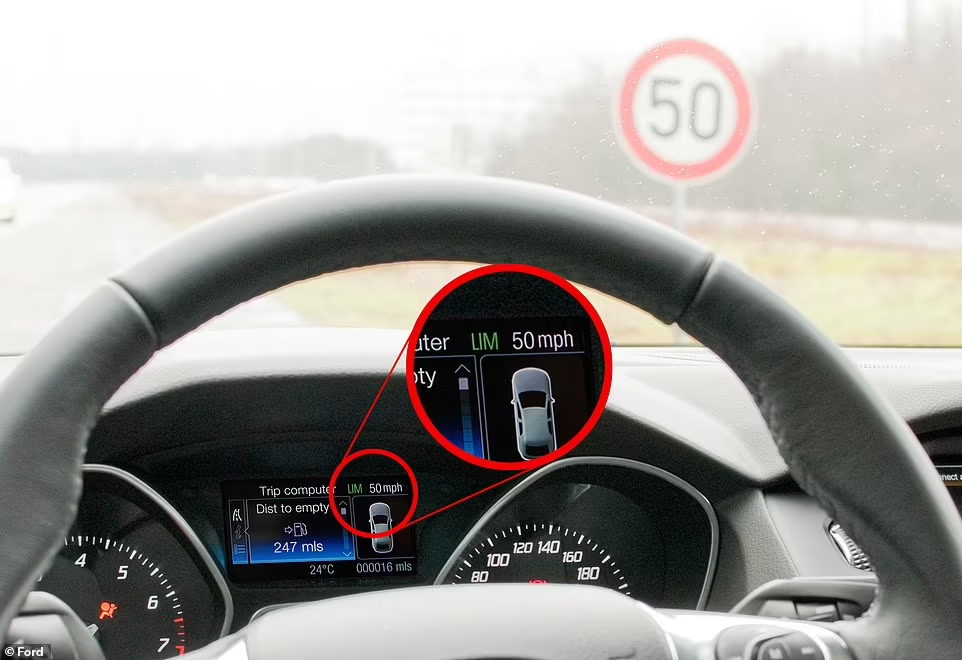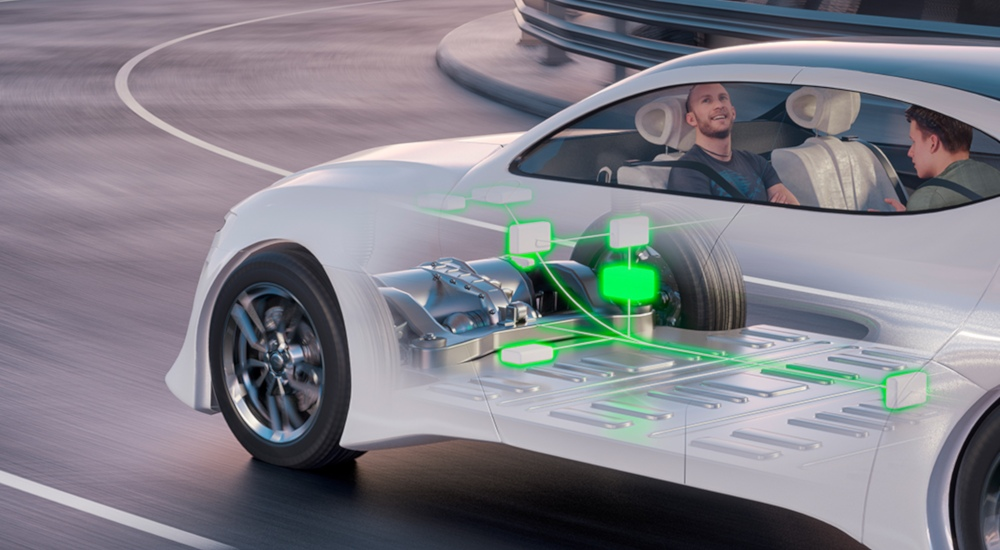In a bold step toward improving road safety, new laws in several countries are introducing speed-limiting technology to crack down on reckless driving. The technology, known as Intelligent Speed Assistance (ISA), is being mandated in many new vehicles and could soon become the global standard for traffic control.
These laws are a part of a growing movement that combines technology and enforcement to change how we drive. This new policy raises crucial questions: Will it truly improve safety? Is it a violation of driver freedom? Or is it a necessary change in the era of rising road accidents? Here’s everything you need to know about how this law works, why it’s being enforced, and what it means for drivers around the world.
What is Intelligent Speed Assistance (ISA)?
Intelligent Speed Assistance (ISA) is a vehicle system designed to detect speed limits through GPS data and road sign recognition. Once a vehicle crosses the speed limit, ISA either warns the driver or actively slows down the car.

There are two main types of ISA systems: Advisory Systems: Warn the driver with alerts. Intervention Systems: Automatically reduce engine power if speeding occurs. For example, if you’re driving in a 50 km/h zone and your car reaches 60 km/h, ISA will first give a warning.
If you don’t slow down, the car will reduce speed itself. The European Union has already made ISA mandatory for all new vehicles from July 2024 onwards. Other nations like the UK, Australia, and parts of the U.S. are evaluating similar regulations. More on EU’s ISA regulations
Why Governments Are Turning to Speed-Limiting Tech
Every year, over 1.3 million people die due to road accidents, according to the World Health Organization. Speeding is one of the top causes. Despite speed cameras and police patrols, many drivers continue to ignore speed limits. Governments believe technology is the answer. Using ISA, authorities can enforce speed limits without active human intervention, making roads safer for everyone.
The system is also expected to reduce: Fatal crashes, Fuel consumption, Emissions. According to a report by the European Transport Safety Council, the implementation of ISA could reduce fatalities by up to 20%. ETSC research on ISA and road safety
How the Technology Works
ISA relies on several technologies working together: GPS mapping: Knows where the vehicle is and what the limit is, Road sign recognition cameras: Detect signs in real-time, Speed limit databases: Compare driving speed with posted limits, Engine control systems: Reduce throttle or limit acceleration if necessary.
The integration is seamless, with most modern cars already equipped with some level of these features. Car brands like Volvo, Ford, and BMW have already started rolling out ISA in their new models.
Where It’s Already in Effect
As of 2025, here’s where ISA is being enforced or tested: European Union: All new cars must be fitted with ISA from July 2024, United Kingdom: Confirmed adoption of EU law, enforcement from 2025, Australia: NSW and Victoria exploring trials on public roads, United States: NHTSA has proposed ISA for federal fleet vehicles. Some states in the U.S. are also testing ISA as part of school bus safety programs and city speed control initiatives.
Concerns from Drivers and Privacy Advocates
While many experts praise the technology, critics argue it’s a step toward automated control over personal vehicles. Concerns include: Driver dependency on automation, Potential GPS or sensor failures, Privacy invasion through constant data tracking, Driving performance in emergency situations.

There’s also fear that ISA could be used to monitor or fine drivers without their consent. Lawmakers assure the public that current systems do not record or share personal data without clear permission. Yet, privacy groups remain cautious and call for strict data protection policies before nationwide implementation.
Benefits for Drivers and Society
Despite some backlash, ISA is being marketed not just as a control tool but as a driver-assist technology. Manufacturers and safety boards highlight its benefits: Reduced risk of speeding tickets, Lower accident risks and insurance premiums, Enhanced safety in school and residential zones, Smoother traffic flow in high-density areas.
Environmentally, ISA helps cars maintain a steady speed, which means lower fuel use and carbon emissions—a win for green transportation goals.
Will ISA Become a Global Standard?
If the success seen in EU trials continues, there’s a strong chance that ISA could become a global requirement, much like seat belts and airbags. As self-driving cars and smarter transportation systems grow, tech-driven laws are expected to expand.
The question now isn’t “if” this law will reach your country, but “when.” Governments, automakers, and consumers will need to collaborate to find a balance between safety, privacy, and freedom on the road.
Conclusion
The new laws using Intelligent Speed Assistance are changing the way we drive. While some may see it as government overreach, the potential benefits in reducing deaths, cutting emissions, and encouraging responsible driving are clear. For those who continue to speed or drive recklessly, the days of ignoring limits may be numbered. Your car could soon be the one slowing you down—not the police.
Also Read – Volvo Becomes Boston Red Sox’s Official Car for 2025 Season





